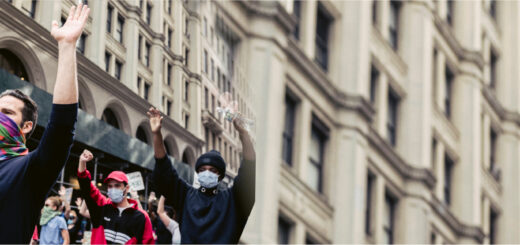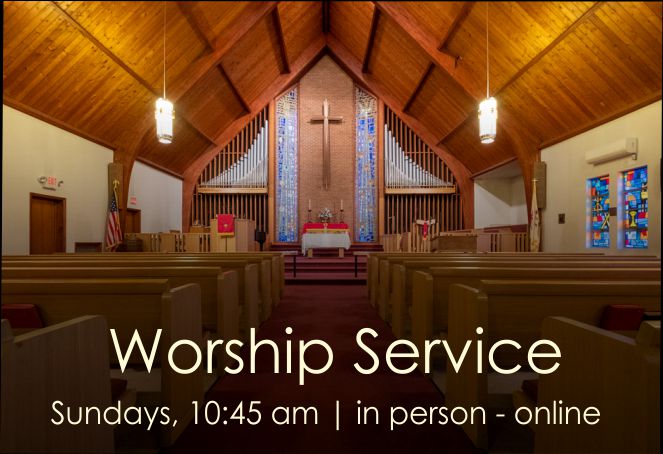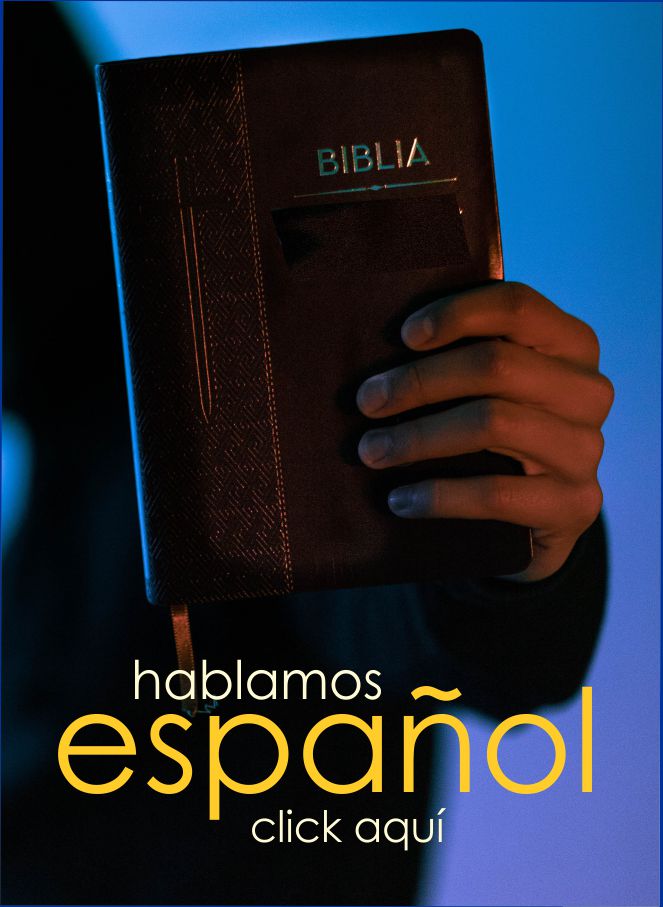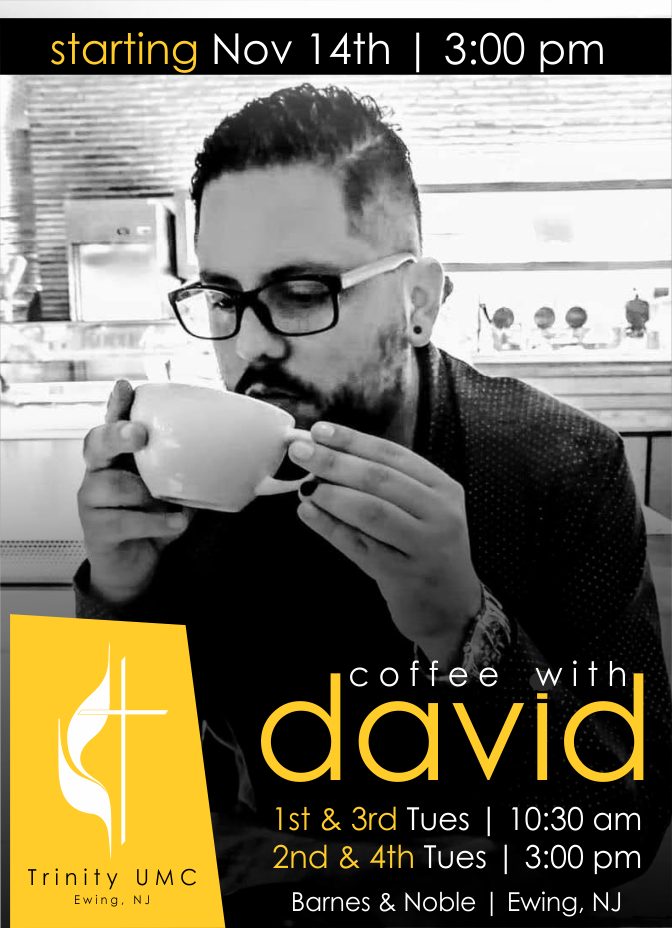Let me finish my prayer first

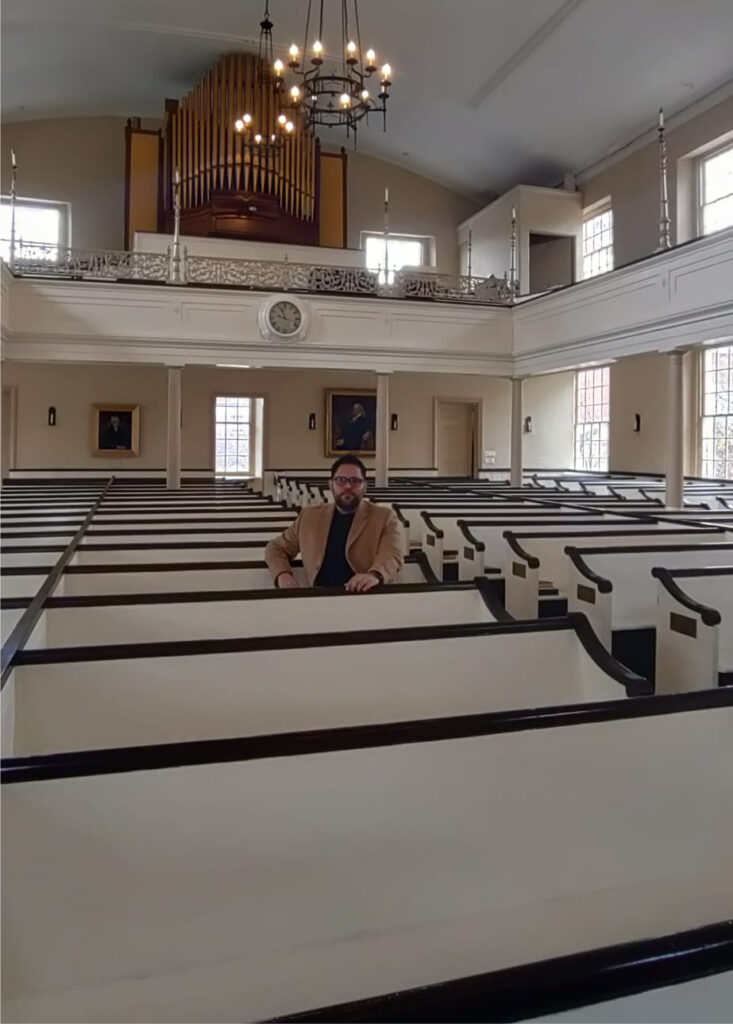
In these pews (photo) happened a story that Albert Raboteau tells in his book “A Fire in the Bones,” as follows:
“On a Sunday morning in 1792 or 1793, the black members of St George’s Methodist Church in Philadelphia learned to their surprise that they could not sit in the benches they normally used. Instead, they were ordered by the sexton to sit upstairs in the gallery recently added at the rear of the church. Though the situation was unfair – they had, after all, contributed like the whites to remodeling the church- they complied with the order. As the opening prayer began, one of the white trustees told Absalom Jones, a respected black parishioner, to get up and move from the front to the back of the gallery. Jones, a dignified man in his late forties, asked the trustee to wait until the prayer ended, but the white man insisted he move immediately and motioned for another trustee to help him lift Jones from his knees. As soon as the prayer was over, Jones as the rest of the black worshipers stood and walked out of the church in a body.”
I remember when I read these lines for the first time. My soul was filled with an emotion I cannot describe. It was a mix of feelings between sadness, disappointment, and also excitement because of the bravery of Jones and Allen (who was also part of the event), who had to leave the place moved by dignity. According to the completed story, this event began the Black Methodist movement in the United States, which started the African American Methodist Episcopal Church.
A few years have passed, and during the month of February, we are celebrating Black History Month at Trinity. Of course, Methodism has been impacted by African American History in the US. That is why I am bringing this story today.
Even when the Rev. Alfred T. Day. III, explains that some details of this story have been questioned by some scholars since, according to their investigations, some historical facts do not match with it (for example, the balcony perhaps did not exist when the event happened), the relevance of this piece is a keystone in the foundation of the Black Methodist History. “That something happened between Blacks and Whites at St. George’s is indisputable,” he affirms.
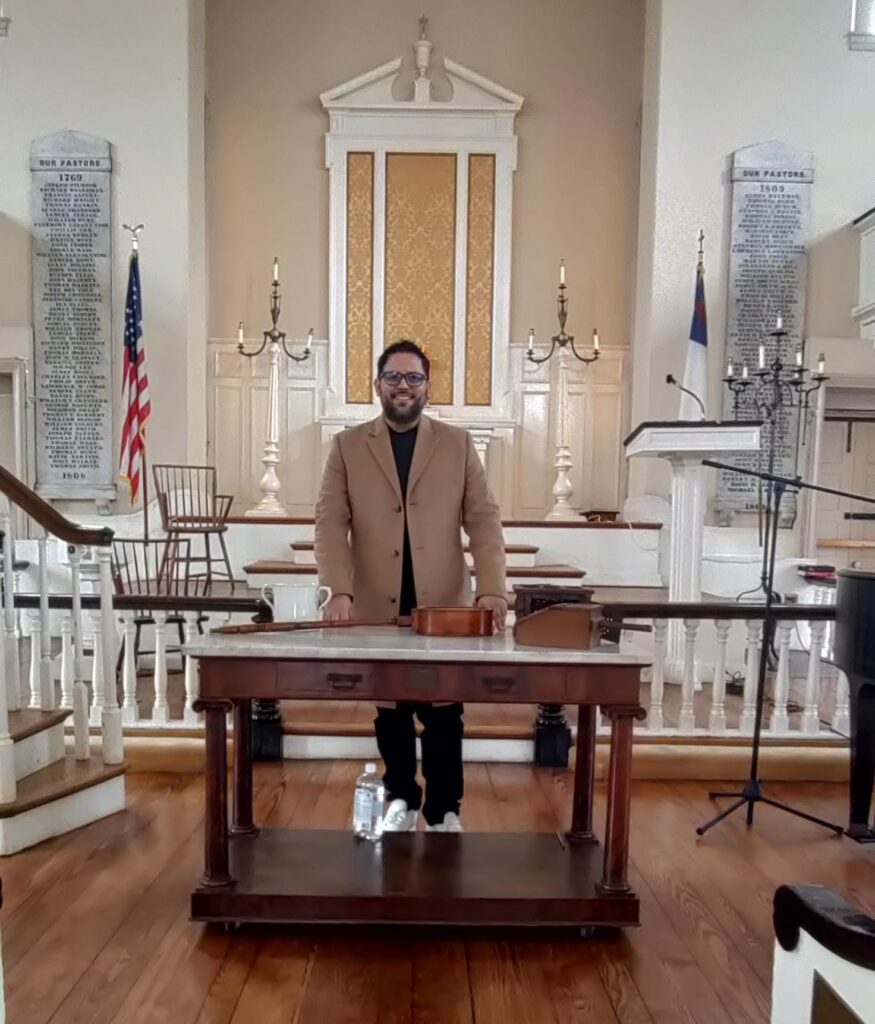
Citing the scholar Carol V.R. George, Rev. T Day presents a contextualization of the story in this way:
“Richard Allen’s success – he was the only black preacher in Philadelphia – filled the empty seats at St. George’s with black converts. With no seats remaining, Blacks were asked to give up their seats in favor of Whites. The solution to the resultant overcrowding was a building campaign to add balcony seating to that which already existed on the main floor. Blacks contributed a sizable share of the muscle and money to this building campaign. Upon completion of the renovation, Blacks expected to return to their old seating pattern on the main floor, but were told they would have to sit in the newly erected balcony…”
Being seated in these pews, where this event occurred, made me think about how being aware of our history helps us to, on one hand, not repeat it, and on the other hand, heal it.
We heal when we know the backgrounds of people and we honor them. We heal when we recognize our differences, and we respect the experiences which draw those differences. We heal when we start building from our differences while we celebrate the diversity that keeps us together as a body, with different shapes and functions, but chasing the same goal.
Let the beauty and wisdom of the black heritage guide us to a place of non-repetition for us to worship together and allow every single prayer to be complete and then rise to heaven.
Warmly,
Pastor David Gaitan
References:
Albert J. Raboteau. A Fire in the Bones: Reflections on African-American Religious History. 1996
Rev. Alfred T. Day III. Creaking Timbers and Conflicting Traditions: Richard Allen and the St. George’s Walkout. 2007
Rev. Jean Williams. Richard Allen: From the Free African Society to Bethel AME Church. 2010


